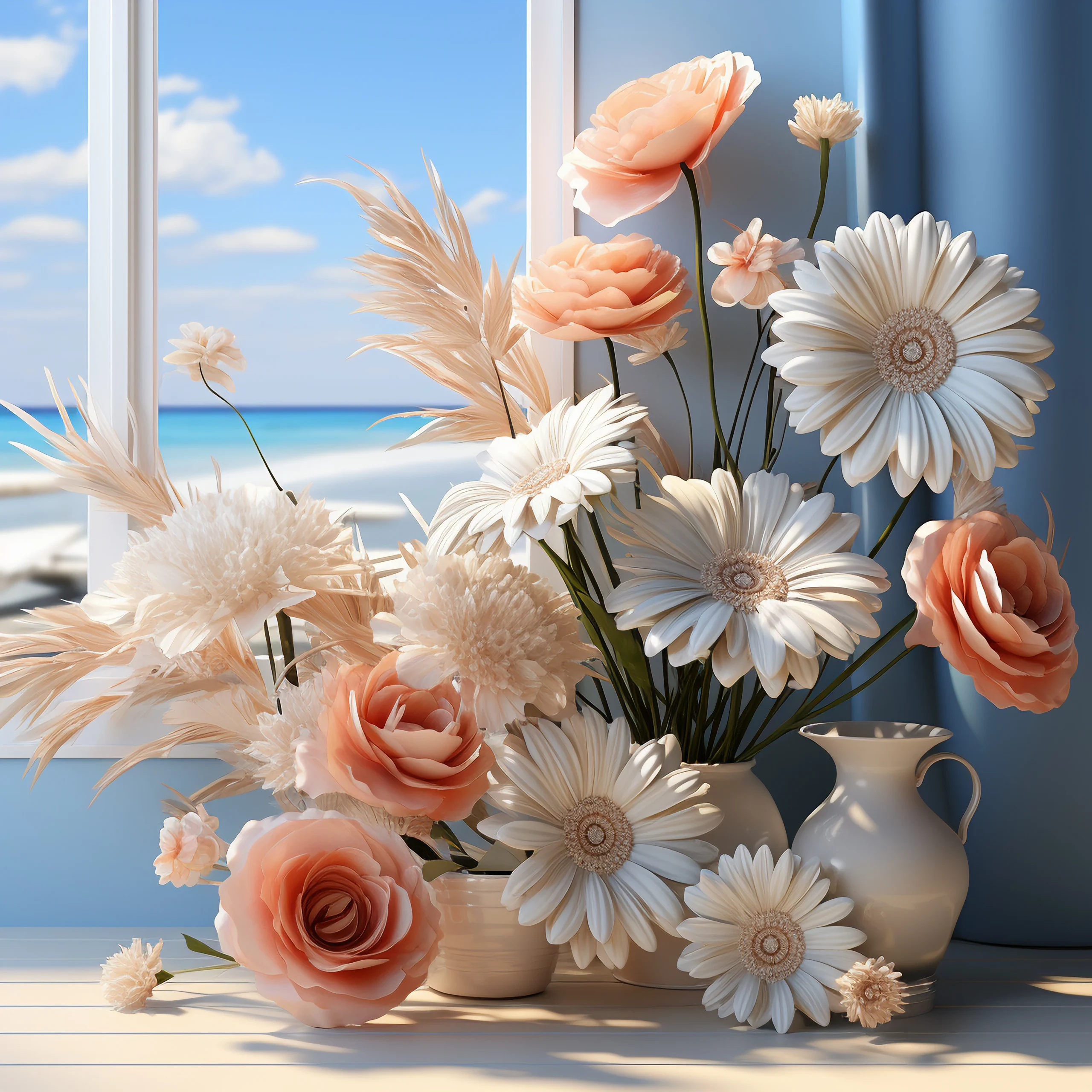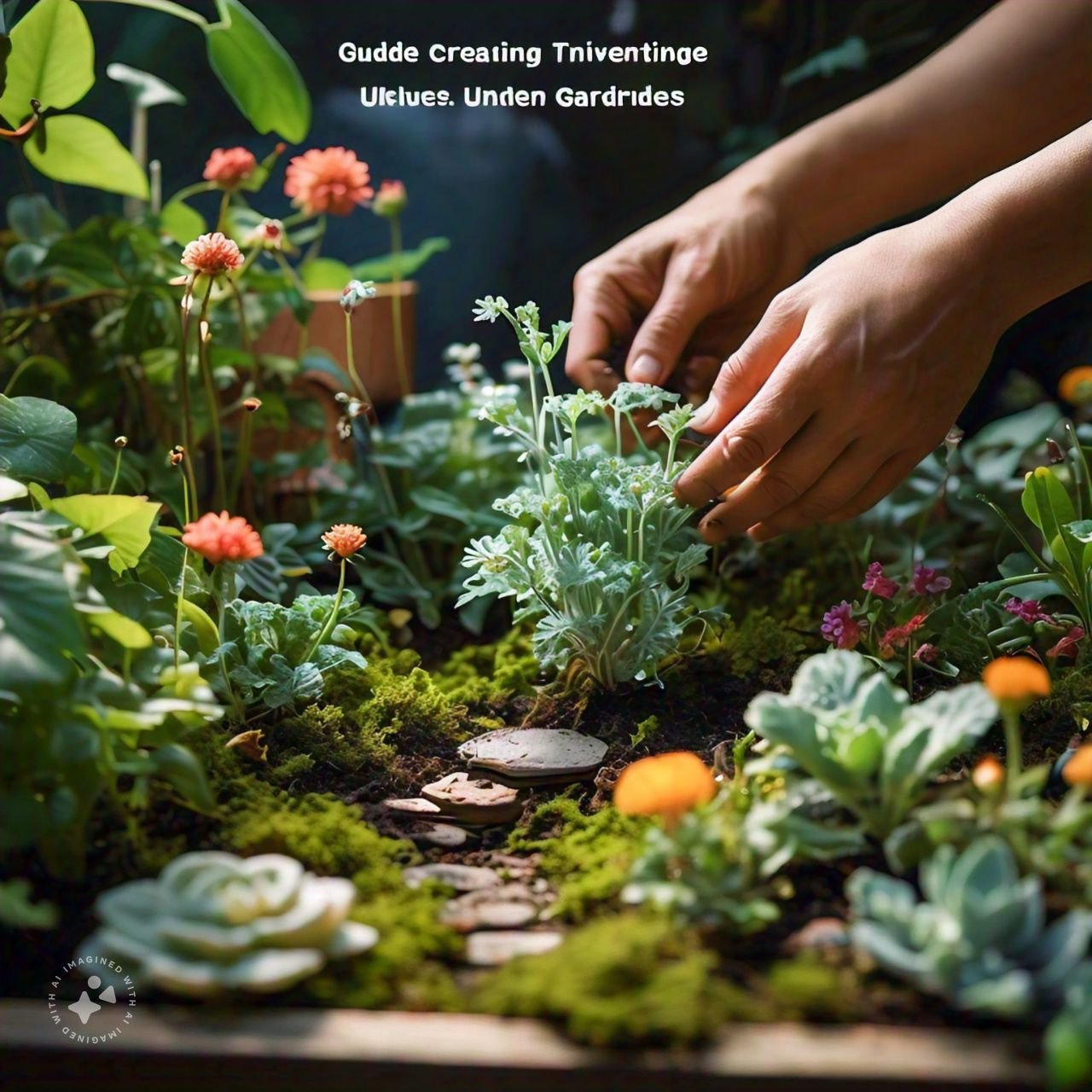Introduction: The Timeless Charm of beautiful:by5oj2_qmci= flowers
Flowers have captivated humans for centuries with their beauty and fragrance. Their colors, shapes, and meanings make them significant in every culture. The term “beautiful:by5oj2_qmci= flowers” embodies this allure, symbolizing the profound impact flowers have on nature and emotions alike. Whether for celebrations, emotional expression, or simply for their aesthetic appeal, flowers continue to enrich our lives.
This article explores everything you need to know about beautiful:by5oj2_qmci= flowers, from their symbolism and cultural relevance to practical gardening tips and modern trends. Let’s dive into the world of flowers and discover the beauty hidden in every petal.
1. History and Symbolism of Flowers
Flowers have been a part of human life since ancient times. Egyptians used flowers like lotus in religious rituals, while the Greeks associated roses with love and beauty. In the Victorian era, flowers were used as a secret language to convey emotions without words, known as “floriography.”
Even today, beautiful:by5oj2_qmci= flowers hold deep symbolic meaning. Roses are synonymous with love, lilies with purity, and sunflowers with happiness. This symbolism allows flowers to communicate emotions that words often cannot.
2. Scientific Role and Environmental Impact of Flowers
Flowers play an essential role in our ecosystem. They attract pollinators like bees and butterflies, ensuring the reproduction of plants. This natural pollination process supports biodiversity and promotes healthy ecosystems.
However, flower farming also impacts the environment. The production of cut flowers can lead to excessive water usage and pesticide pollution. Choosing sustainable practices, such as growing local and organic flowers, helps minimize these environmental effects.
3. Flowers and Emotional Wellbeing: The Psychology Behind Flowers
Studies show that flowers positively affect mental health. The vibrant colors and fragrances of beautiful:by5oj2_qmci= flowers are known to elevate mood and reduce stress. Psychologists suggest that receiving flowers can trigger happiness by releasing dopamine, the “feel-good” hormone.
The Effects of Color and Fragrance
Moreover, certain flowers align with color psychology. For example:
- Yellow flowers (like sunflowers) promote optimism.
- Purple flowers (like lavender) create a calming effect.
- Red flowers (like roses) evoke passion and energy.
Incorporating flowers into daily life—through home décor or gardening—can create a more peaceful environment.
4. Popular Flowers and Their Cultural Relevance
Every culture has its favorite flowers with specific meanings. Here are some globally popular beautiful:by5oj2_qmci= flowers and their significance:
Rose
Known for love and romance, roses are widely used in celebrations like weddings and Valentine’s Day.
Cherry Blossom
In Japan, cherry blossoms symbolize the fleeting nature of life. They are celebrated during the annual hanami festival.
Lotus
This flower holds spiritual significance in Hinduism and Buddhism, symbolizing purity and enlightenment.
Tulips
In the Netherlands, tulips represent prosperity and grace, and they are central to the country’s culture.
5. Unique and Rare Flowers from Around the World
Some flowers are so rare and exotic that they become wonders of the natural world. Here are a few examples:
- Corpse Flower: Known for its unpleasant odor, it blooms only once every several years.
- Titan Arum: This giant flower reaches several meters in height and attracts pollinators with its scent.
- Black Bat Flower: Native to Asia, this flower has an eerie appearance, resembling bat wings.
These rare flowers demonstrate the diverse beauty found in nature, beyond the familiar blooms.
6. How to Choose Flowers for Special Occasions
Flowers are perfect for conveying emotions on different occasions. Here’s a quick guide on selecting the right beautiful:by5oj2_qmci= flowers for your event:
Weddings
Roses, lilies, and peonies for romance and elegance.
Funerals
White lilies and chrysanthemums for purity and peace.
Birthdays
Bright flowers like gerberas and sunflowers for joy and happiness.
By choosing flowers thoughtfully, you can express feelings in a way words cannot.
7. Seasonal Flowers: A Year-Round Guide
Different seasons bring their own selection of beautiful:by5oj2_qmci= flowers:
Spring
Daffodils, tulips, and cherry blossoms signal the start of the season with bright and soft blooms.
Summer
Sunflowers and zinnias thrive in the heat, bringing vibrant color.
Autumn
Chrysanthemums and asters bloom with warm hues, complementing the changing leaves.
Winter
Hellebores and winter jasmine provide beauty even during the cold months.
Planting a variety of seasonal flowers ensures that your garden remains colorful throughout the year.
8. Gardening Tips for Growing beautiful:by5oj2_qmci= flowers
Creating a thriving garden requires some essential care practices:
Choose the Right Location
Most flowers need at least 6 hours of sunlight daily.
Prepare the Soil
Mix compost to enrich the soil with nutrients.
Water Carefully
Avoid overwatering to prevent root rot.
Select Climate-Appropriate Flowers
Research which flowers grow best in your region’s climate.
With these tips, you can grow your own beautiful:by5oj2_qmci= flowers and enjoy their beauty year-round.
9. Flowers in Fashion and Art: A Source of Inspiration
Flowers have been a source of inspiration for centuries, influencing art, fashion, and design:
Art
Artists like Claude Monet captured the beauty of flowers in their paintings, creating timeless masterpieces.
Fashion
Floral prints remain popular in clothing and interior design, adding a touch of nature to modern aesthetics.
Home Décor
Bouquets and floral arrangements are often used to brighten spaces and create a welcoming atmosphere.
Flowers continue to inspire creativity, reminding us of nature’s influence on human expression.
10. The Environmental Impact of Flower Production
While flowers are beautiful, large-scale production has an environmental cost. Many farms rely on pesticides and water-intensive practices. Here’s how you can reduce the impact:
- Buy local flowers: Support nearby farmers to reduce carbon emissions.
- Choose organic flowers: Avoid chemically treated blooms.
- Grow your own: A personal garden ensures sustainability.
Being mindful of your flower choices contributes to a healthier planet.
Conclusion: Cherishing the Beauty of beautiful:by5oj2_qmci= flowers
The charm of beautiful:by5oj2_qmci= flowers lies not only in their appearance but also in the emotions, history, and traditions they carry. From enhancing mental well-being to symbolizing love and hope, flowers play a significant role in our lives. By choosing sustainable practices and exploring different varieties, we can enjoy the beauty of flowers while respecting the environment.
Whether in gardens, art, or personal moments, flowers remind us to cherish nature’s gifts and embrace the joy they bring to our lives.
FAQs about beautiful:by5oj2_qmci= flowers
What are the best flowers for mental well-being?
Sunflowers, lavender, and roses are known to boost mood and reduce stress.
How can I grow beautiful:by5oj2_qmci= flowers at home?
Start with climate-appropriate flowers, ensure good sunlight, and use compost-enriched soil.
Which flowers symbolize love and friendship?
Roses represent love, while yellow flowers like sunflowers symbolize friendship.
What is the environmental impact of flower farming?
Conventional flower farming uses pesticides and water-intensive practices, which can harm ecosystems. Choosing organic and local flowers helps reduce environmental impact.



